|
|
Post by okla on Mar 5, 2010 0:00:40 GMT 8
Hey Fots....The good stuff just keeps coming. I am in your debt. Believe it or not, but I can vividly remember that particular issue of Life magazine in which the photo depicted above was published. If memory serves it came out sometime in July 1941 and featured (of course) Genl MacArthur's portrait on the front cover. The article inside was an extensive feature on the PI defenses,etc. I remember one photo of either Battery Smith or Hearn that had the terrain behind the artillery piece blacked out so as any enemy who might view the pic couldn't be aided in locating the precise location of the installation. There was another shot of one of the plot rooms. The guys posted in this location were clad in undershirts as were the gunners working the artillery pieces. I guess the heat in these bunkers could be pretty intense. Strange that I can recall the contents of that Life magazine from way back in the summer of 1941 and at times can't remember where I have placed my car keys. The mind, she is a funny thing at times, doncha think??? Just to bore you a bit longer, I was conversing with Vic, our regular contributor and the "honcho" of the Philippine Scout website, about a 1942 issue of Life magazine that he proudly displays in his basement "museum". This particular issue portrayed, on the cover, an American soldier (stateside) brandishing his rifle and sporting a "Sergeant York" helmet. When I saw that magazine cover, for some reason, I remembered the name of that buck private. His last name was Teed. Now, I ask you, why would I recall that GI's name after so much passage of time?  Weird, to say the least. It's little things like this that makes wife truly think that her "leader" is going over the edge. Keep up the good work. I do appreciate it. |
|
|
|
Post by fots2 on Mar 5, 2010 20:19:28 GMT 8
Here is a random selection of “Then and Now” photos showing more of the big guns. There are many of these photos but this time I will post ones that have a similar perspective.  Battery Cheney 12-inch Disappearing Gun #1 in 1941  Battery Cheney 12-inch Disappearing Gun #1  Battery Crockett 12-inch Disappearing Gun #1  Battery Crockett 12-inch Disappearing Gun #1  Battery Crockett 12-inch Disappearing Gun #2  Battery Crockett 12-inch Disappearing Gun #2  Battery Grubbs 10-inch Disappearing Gun #2  Battery Grubbs 10-inch Disappearing Gun #2  Battery Morrison 6-inch Disappearing Gun #1  Battery Morrison 6-inch Disappearing Gun #1 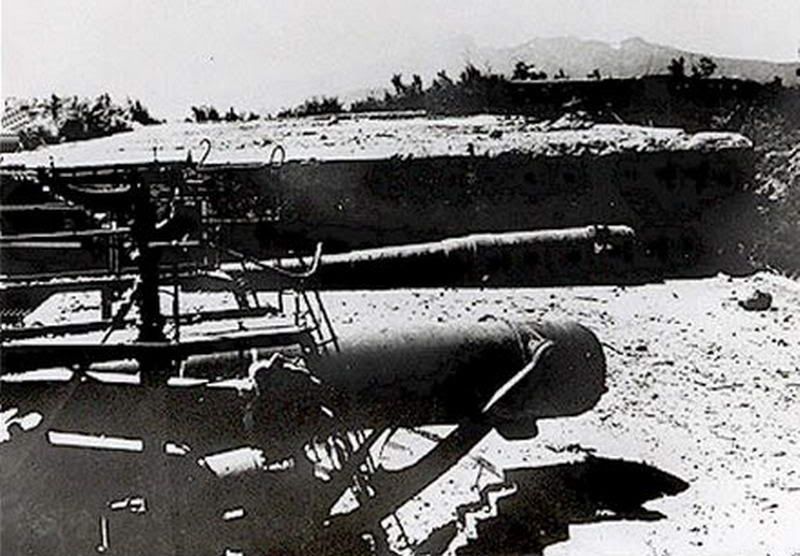 Battery Wheeler 12-inch Disappearing Gun #2  Battery Wheeler 12-inch Disappearing Gun #2. The barrel lying beside the wall is from Gun #1 which was located at the far end of the battery. The Japanese, probably with US prisoner labor, moved the barrel here. I'll be away for a couple of days so that is all for awhile. |
|
|
|
Post by okla on Mar 5, 2010 21:42:02 GMT 8
Hey Fots...Thanks for the new additions. A regular treasure trove for us "geeks". Surely these latest pics will hold us for a few days. Years ago wife had to put up with the other (bars) fixations in addition to my military history addiction. In those days she had a real load to carry, wouldn't you say??? One last thing. I suppose the restoration of these artillery pieces will preserve them for posterity, but these bright, shiny, polished relics seem, somehow, out of place situated in battered, blasted encasements. Still, though, I think they have done the right thing in trying to preserve the actual guns as much as is possible. That salt air has to play havoc with metal,etc.
|
|
|
|
Post by fots2 on Mar 14, 2010 9:09:19 GMT 8
The east and west coastline photos are up to date for the moment so here are a few more “Then and Now” photos. Battery RamsayGun positions #1 and #2 of this battery are totally destroyed. In 1945, both magazines blew up when hit by American bombs leaving two deep craters. The explosion blew gun #1 and its carriage completely out of the emplacement. Gun #2 was demolished and covered by concrete at the bottom of a 25 foot (7.62 m) crater. Only parts of the carriage remain partially above the surface.  Pre war view of Battery Ramsay 6-inch gun #1 on a disappearing carriage.  View looking across the crater between guns #1 and #2. Note the carriage of gun #1 on its side at the top of the destroyed parapet.  View of the gun #1 carriage on its side that you saw earlier. The metal ring and the steps to the right can also be seen in the first photo.  Barrio San Jose on Bottomside in 1933. This view is looking down from the south side of Malinta Hill towards Black Beach.  View of Black Beach today. Recreating some views in the old photos will be impossible due to the trees and vegetation on Corregidor today. In those cases I will just show comparisons that are close.  This old photo looks across the northern part of Bottomside. You can see the North Dock, Lorcha Dock and Malinta Hill near the top.  A similar view as seen through a gap in the trees.  This is the two story coal fired Power Plant on Bottomside.  A similar view today. The bottom of the smoke stack is still there but I noticed something new today for the first time. Notice how high that the road is today. The first or bottom floor windows are almost out of sight. Previously to seeing the comparison photos, I had assumed the first floor windows was actually a basement level. |
|
|
|
Post by okla on Mar 14, 2010 10:09:55 GMT 8
Hey Fots....I wasn't expecting a "fix" quite this soon, but will, or course, devour it. I would say that Battery Ramsey was really gashed by the exploding magazines. I noticed that even the mangled wreckage of gun number one has been sand blasted, cleaned and painted. I guess this would be the restoration process. As I stated previously, I think that this is the best thing to do in the long run to preserve the relics even when it is badly damaged scrap. There would have to been a huge amount of fill to raise the power plant road to its present level. Those lower level windows do look like basement windows. I guess the powers that be, whether prewar or since had good reason to elevate the road level. These pics showing pre_war dog faces such as those three standing on the barrel of the gun at Ramsay always have me wondering if they might have been at Corregidor when we ran up the white banner. Back in the 1920s and 30s military folks could keep extending their overseas hitches for indefinite periods as I understand it. I had a great uncle who was in China (US Navy) for 10 years or so. Heck he might have been on the "Sand Pebbles" for all I know. It certainly beat stateside duty as far as he was concerned. I would venture there were huge numbers of guys who were "Asiatic", had local wives (or live ins), children with native women,etc and men who upon their retirement or finished extended tours of duty took their discharges and remained in the Orient. I would think that this would be a good way to go for many of those guys who hailed from the coal mines or cotton patches. Just can't help but wonder if those three guys in the picture extended their repective hitches one time too many and ended up in Cabanatuan or worse yet, the Fort Mckinley National Cemetery. Excellent material as usual.
|
|
|
|
Post by fots2 on Mar 14, 2010 16:17:05 GMT 8
Interesting comments there okla. Here are a few more Battery Ramsay photos. 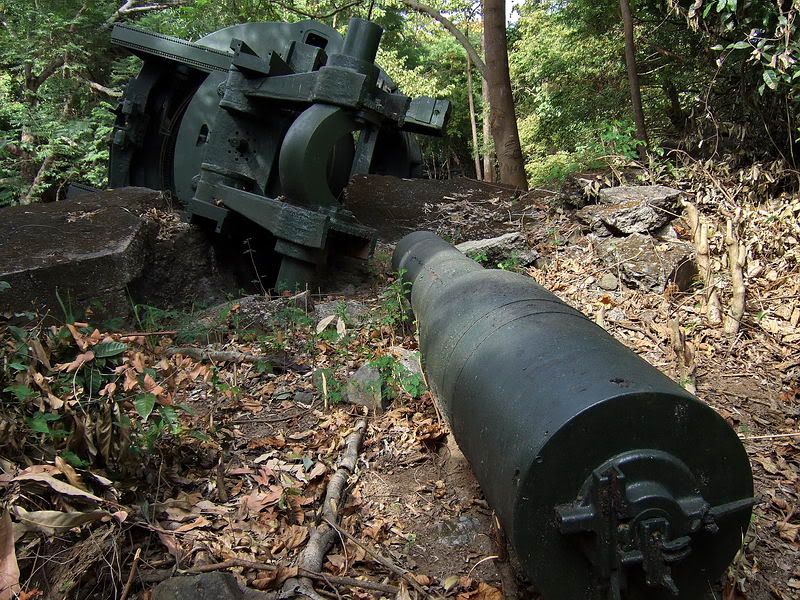 Standing on the opposite side of the big crater you can see the gun #1 barrel that was thrown out of its overturned carriage. 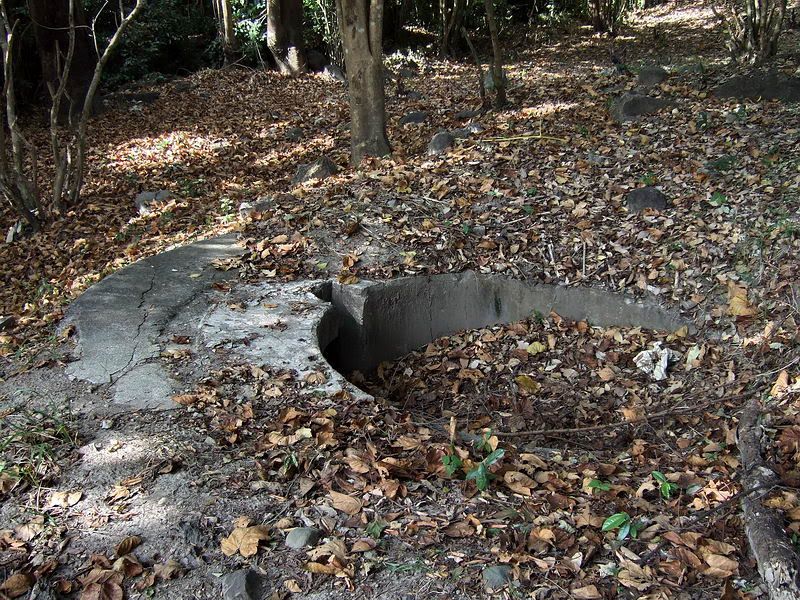 Here is the gun block of gun #2 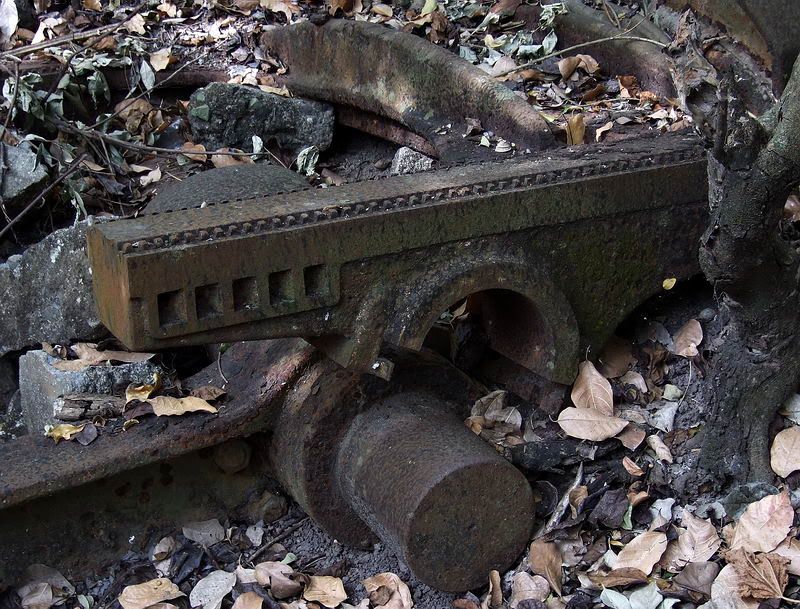 Remnants of the gun #2 carriage. 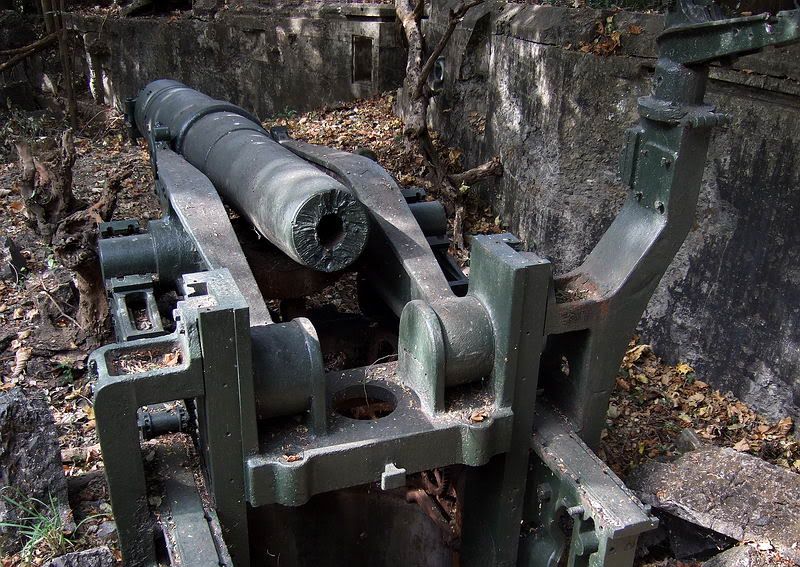 Gun #3 at the far side of the battery is mostly intact however scrappers have removed the end of the barrel.  Another view of gun #3. |
|
|
|
Post by okla on Mar 14, 2010 23:30:19 GMT 8
Hey Fots....I am in danger of "overdosing" with so much new material coming my way this weekend. Thanks much.
|
|
|
|
Post by fots2 on Mar 24, 2010 13:02:12 GMT 8
Here are a few more “Then and Now” photos. 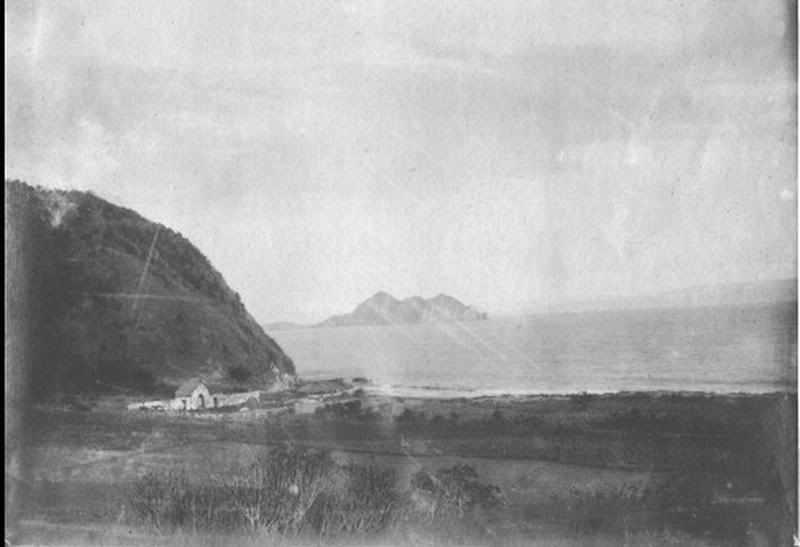 Bottomside south taken in 1898 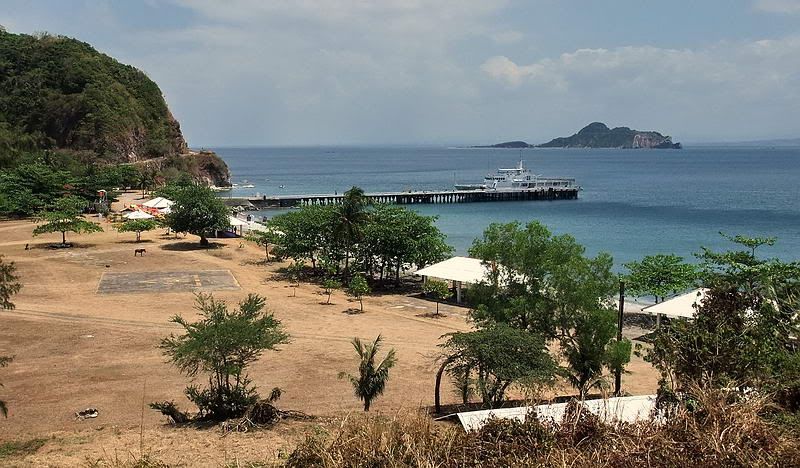 A similar view due to trees blocking the same perspective today. 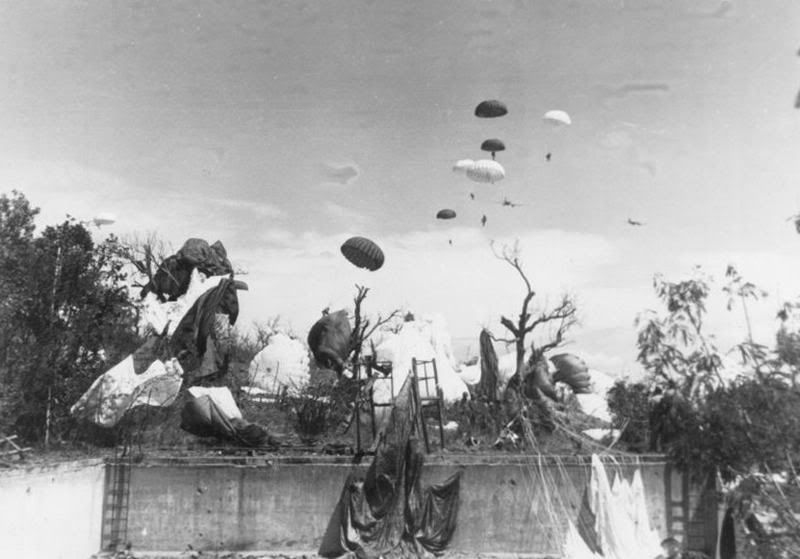 The topside swimming pool on Invasion Day, February 16th, 1945 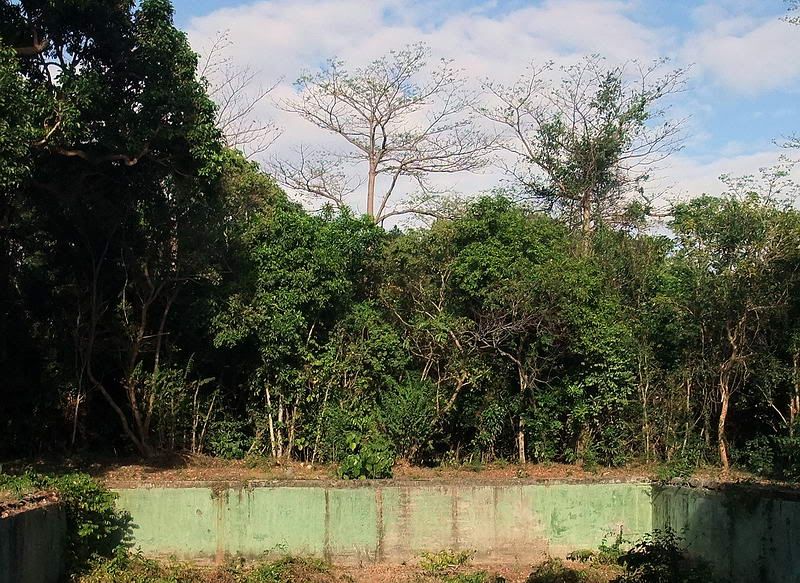 The swimming pool in 2010 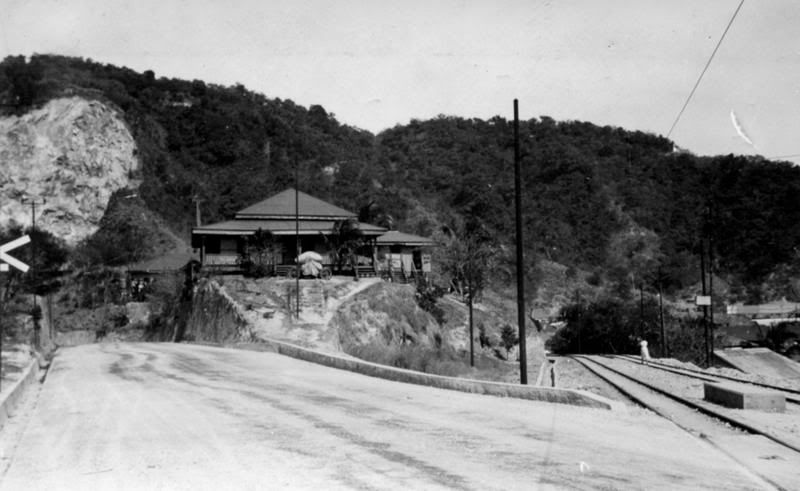 This is a view of Bottomside looking towards Skipper Hill. The dual trolley tracks go around the south side of the hill. The bare cliff face ahead is above the Malinta Tunnel’s western entrance. 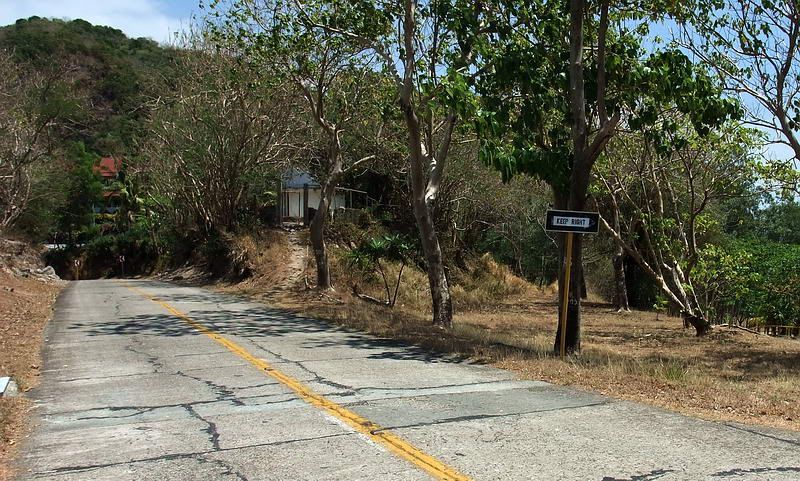 The track bed for the trolley lines is still there around the hill. Above the road the piece of red roof you see is the Corregidor Inn.  This 1898 photo shows the Spanish Church on Bottomside and Skipper Hill towards the middle right. 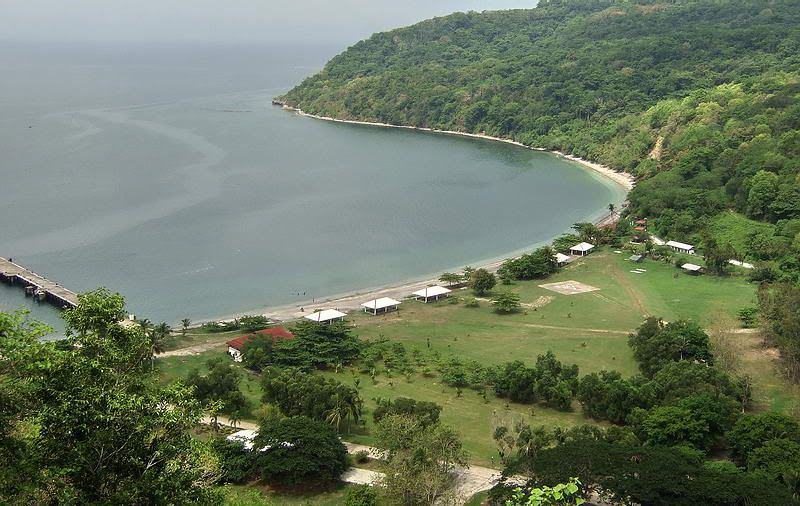 This is a similar view although Skipper Hill is just out of sight at the right. The exact 1898 view is blocked by trees now.  View of Bottomside in February, 1945 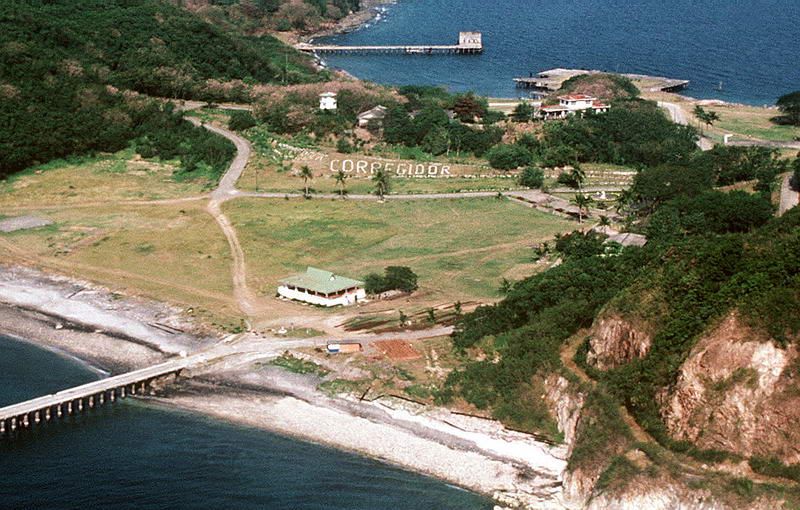 View of Bottomside in 1982 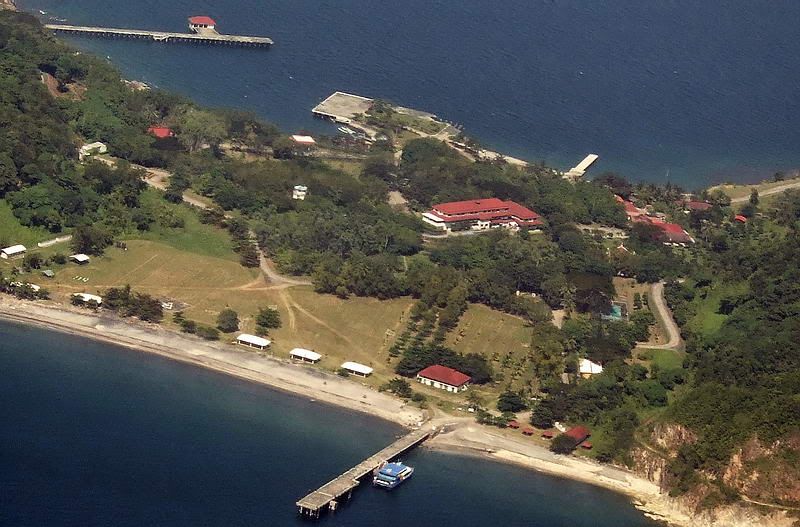 View of Bottomside in December, 1997 |
|
|
|
Post by okla on Mar 24, 2010 22:51:32 GMT 8
Hey Fots....These are great shots. I never tire of "now and then" and "before and after" photos. Thanks again for furnishing us "stateside, Corregidor geeks" with a continuing flow of material and a extra thanks for the effort you put into keeping us enlightened. Cheers....Postscript...I am always amazed at how San Jose Barrio was literally wiped from the face of the earth. That photo certainly emphasizes it. You would never know that human beings actually inhabited the place at one time. General Sherman said it best..."war is hell".
|
|
|
|
Post by The Phantom on Mar 26, 2010 5:18:50 GMT 8
Enjoyed the shots Fots, especially the 1982 shot.
That's the Corregidor I visited by Hydrofoil in 1979.
No walking in the jungle or off the road in those days because of unexploded bombs.( We found another this trip right in the middle of a road leading to the wall of caves as you know!)
The Hydrofoil broke down then, as the sea was rough, so we were stranded there awhile so I walked the beach area, the only place I was allowed to go.
Still lots of war scraps in the surf.
Lots of Japanese ex army tourists back then with me in that little non air conditioned building you see on top of Skipper Hill.
Can't recall the type of vehicle we were on then for the tour, an old bus?
No souvenir shops on the island at that time.
Topside Mile long barracks and Middleside all covered in vines and trees.
Ipil Ipil trees growing thickly everywhere then. Dropped by plane after the war to cover the island.
I have color slides from then, forgot I had them, will have to dig up the old Kodak Carousel and check them out.
Thanks for jogging the old noggin Fots.
|
|
 Weird, to say the least. It's little things like this that makes wife truly think that her "leader" is going over the edge. Keep up the good work. I do appreciate it.
Weird, to say the least. It's little things like this that makes wife truly think that her "leader" is going over the edge. Keep up the good work. I do appreciate it. Weird, to say the least. It's little things like this that makes wife truly think that her "leader" is going over the edge. Keep up the good work. I do appreciate it.
Weird, to say the least. It's little things like this that makes wife truly think that her "leader" is going over the edge. Keep up the good work. I do appreciate it.








































